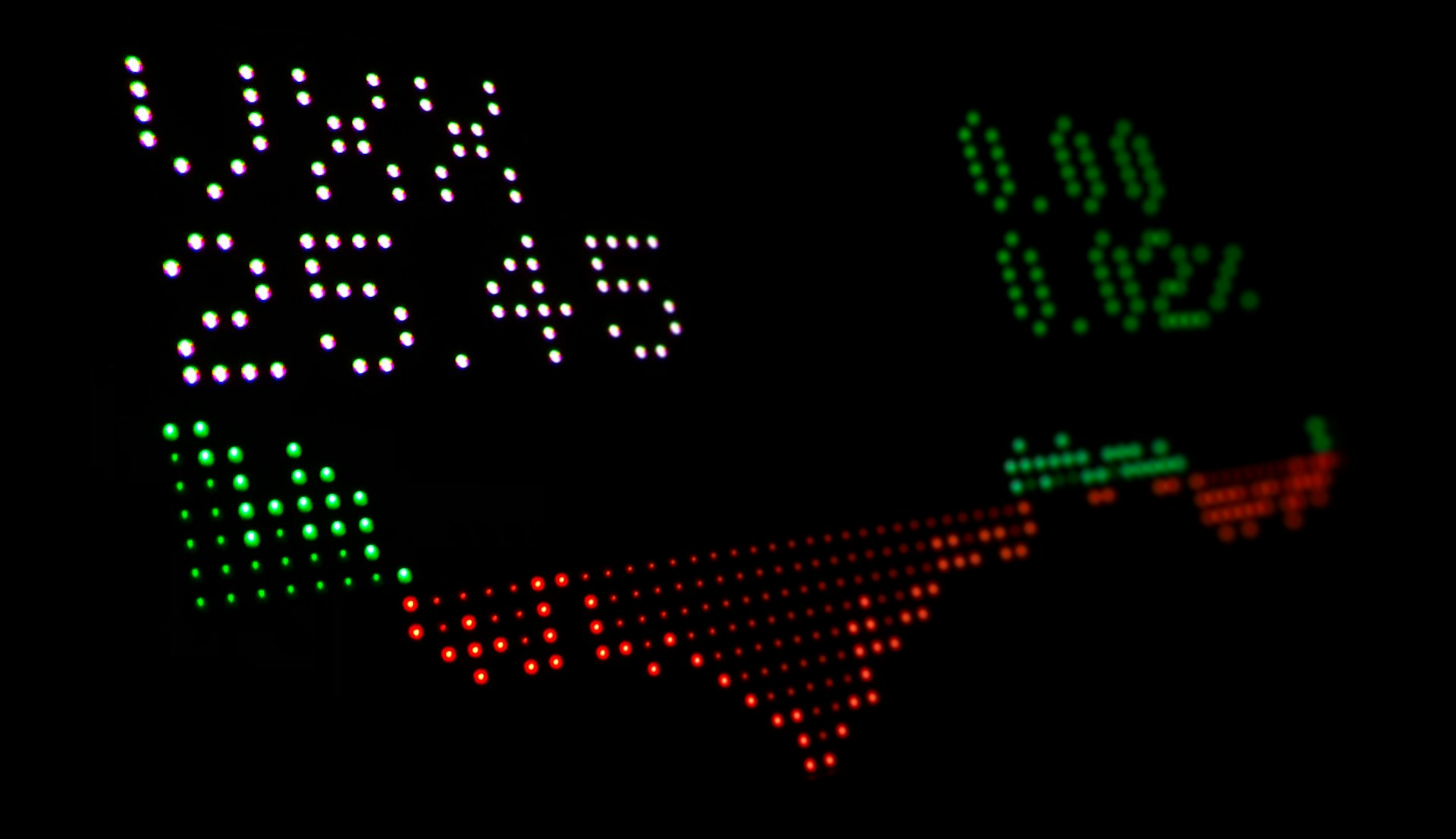
Mastering Trend Reversal Identification
In the world of trading, one of the most critical skills for achieving consistent profitability is the ability to accurately identify trend reversals.
Recognizing when a market is likely to change direction can significantly enhance a trader’s decision-making process, allowing for better entry and exit points.
This essay delves into the importance of trend reversal identification and provides a comprehensive overview of various strategies and techniques used by traders.
Recognizing when a market is likely to change direction can significantly enhance a trader’s decision-making process, allowing for better entry and exit points.
This essay delves into the importance of trend reversal identification and provides a comprehensive overview of various strategies and techniques used by traders.

Mastering Trend Reversal Identification
Understanding Market Trends
Definition and Types of Market TrendsMarket trends refer to the general direction in which prices are moving over a specific period. Identifying these trends is crucial for making informed trading decisions. There are three primary types of market trends:
Uptrend: Characterized by higher highs and higher lows, indicating a bullish market.
Downtrend: Defined by lower highs and lower lows, representing a bearish market.
Sideways (or Range-bound) Trend: Occurs when prices move within a horizontal range, showing no clear direction.
Factors Influencing Market Trends
Several factors can influence market trends, including economic indicators, geopolitical events, corporate performance, and market sentiment.
Understanding these factors helps traders anticipate potential trend reversals.
Technical Indicators for Trend Reversal
Technical indicators are essential tools used by traders to analyze price movements and predict future trends. Here are three key indicators often employed to identify trend reversals:Moving Averages
Moving averages smooth out price data to create a single flowing line that can help identify the direction of the trend. The two most common types are:
Simple Moving Average (SMA): Calculated by averaging closing prices over a specific period.
Exponential Moving Average (EMA): Gives more weight to recent prices, making it more responsive to new information.
Crossovers between short-term and long-term moving averages (e.g., 50-day SMA crossing above the 200-day SMA) often signal potential trend reversals.
Relative Strength Index (RSI)
The RSI measures the speed and change of price movements on a scale from 0 to 100. Typically, an RSI above 70 indicates that an asset is overbought (potential reversal downwards), while an RSI below 30 suggests it is oversold (potential reversal upwards).
Moving Average Convergence Divergence (MACD)
The MACD consists of two moving averages and a histogram that represents the difference between them. When the MACD line crosses above or below the signal line, it may indicate an upcoming trend reversal.
Pattern Recognition Techniques
Pattern recognition involves analyzing price charts to identify specific formations that precede trend reversals.Candlestick Patterns
Candlestick patterns provide visual cues about market sentiment within a specific time frame:
Doji: Signals indecision in the market; often found at potential reversal points.
Hammer: Often appears at the bottom of downtrends; suggests a possible upward reversal.
Engulfing Pattern: A larger candle engulfs the previous smaller one; indicates strong momentum in the direction of the larger candle.
Chart Patterns
Chart patterns form over longer periods and offer insights into potential reversals:
Head and Shoulders: Consists of three peaks; indicates a bearish reversal when formed after an uptrend.
Double Top/Bottom: Resembles two peaks or valleys; signals potential reversal after an uptrend/downtrend respectively.
Conclusion
Mastering trend reversal identification involves understanding market trends, utilizing technical indicators effectively, recognizing chart patterns, and learning from real-world examples while avoiding common pitfalls.
With diligent practice and ongoing learning, traders can enhance their ability to predict market movements accurately—bolstering their trading performance significantly.
Trading, Trend reversal, Technical analysis, Market trends, Risk management
Mastering trend reversal identification involves understanding market trends, utilizing technical indicators effectively, recognizing chart patterns, and learning from real-world examples while avoiding common pitfalls.
With diligent practice and ongoing learning, traders can enhance their ability to predict market movements accurately—bolstering their trading performance significantly.
Trading, Trend reversal, Technical analysis, Market trends, Risk management









Report
My comments